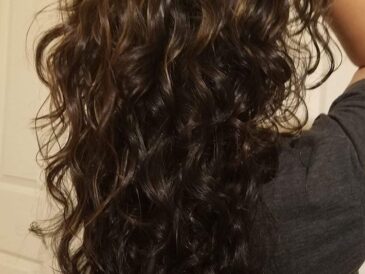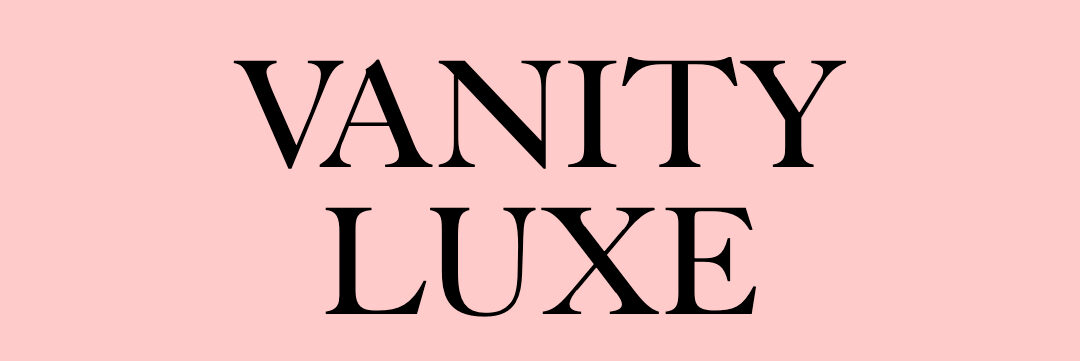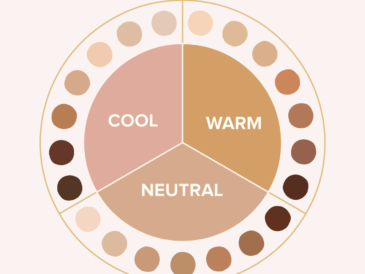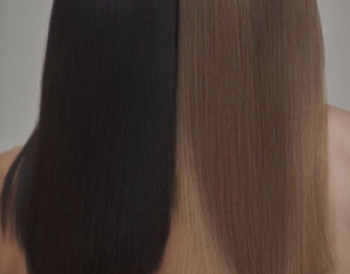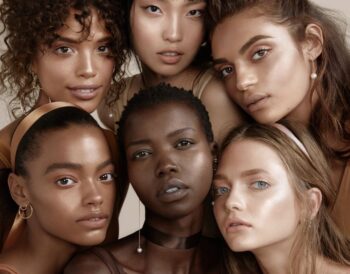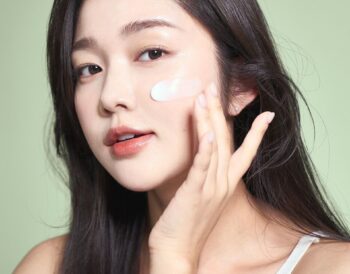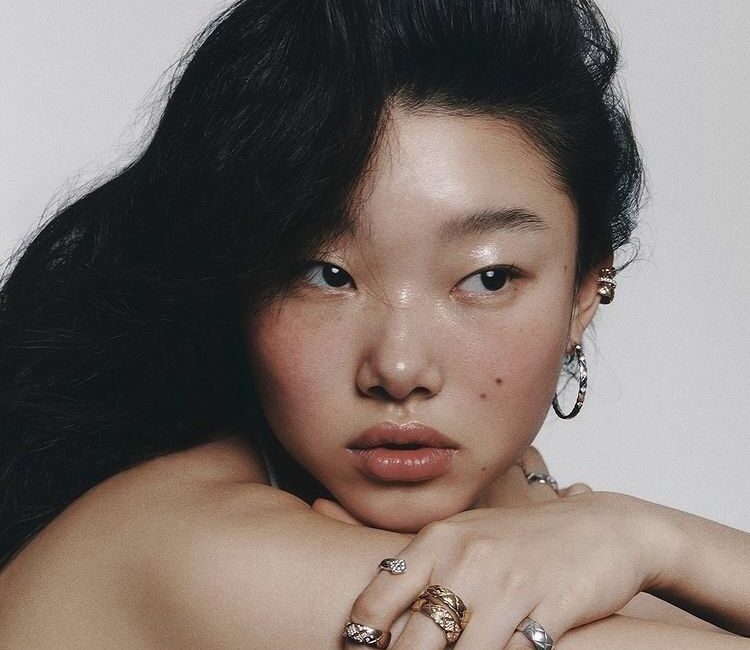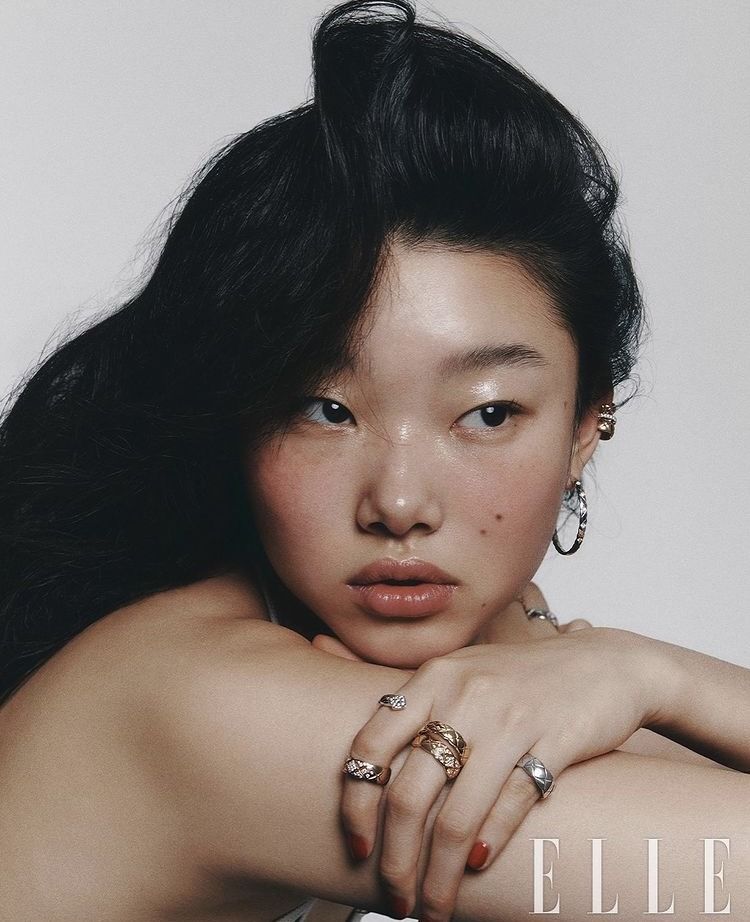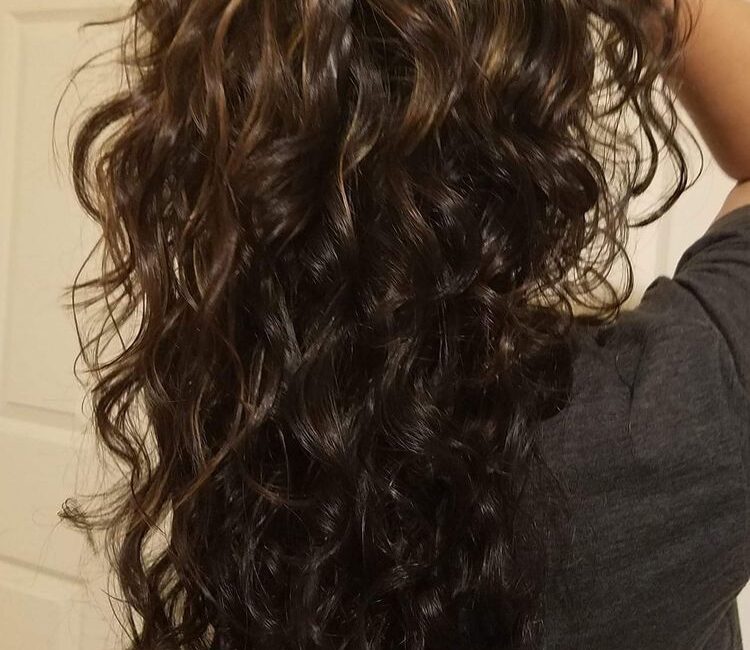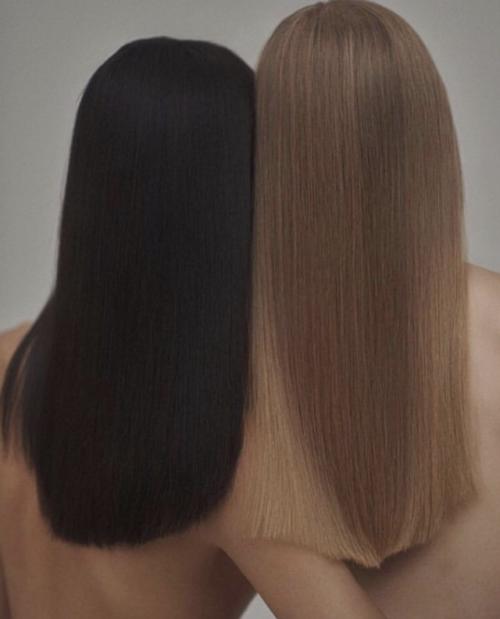

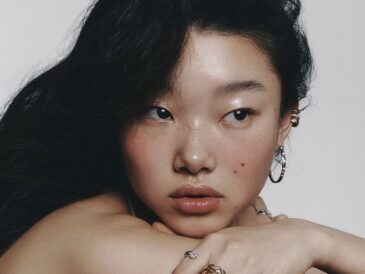
What’s wrong with my hair? – 3 Hair Care mistakes you might be making
HAIRCARE
What's wrong with my hair? - 3 Hair Care mistakes you might be making
When it comes to hair care, there are many myths and misconceptions that can lead us to do the wrong things and damage our hair.
From conditioning our scalp to washing our hair daily, our hair care routine may be doing more harm than good. Which is why it's important to understand that healthy hair starts with a healthy scalp - it's essential to take care of both in order to achieve the hair of your dreams.
Here, we'll be discussing 4 common hair care mistakes that could be preventing you from achieving healthy hair.
Mistake 1. Applying conditioner on your scalp
Many people make the mistake of applying conditioner to their scalp, thinking it will help with dandruff or dryness. However, applying conditioner to your scalp can actually clog your pores which leads to an oily scalp, dandruff and sometimes hair-loss.
When applying conditioner to the scalp, it can cause a build up in the hair follicles, causing them to become clogged. Conditioner can cause the scalp to feel itchy, which can be uncomfortable and distracting.
Instead of applying conditioner to your scalp, apply it to the ends of your hair, where it is needed the most. They are oldest and most damaged part of your hair, and need the most moisture and nourishment. When you apply conditioner to the ends of your hair, it can help to repair and strengthen them, making them less prone to breakage.
Mistake 2. Washing your hair daily
Washing your hair daily is a very common mistake that many people make, it can strip your hair of its natural oils and can lead to dryness, breakage, and an itchy scalp.
When you wash your hair, you're not only removing dirt and styling products, such as hairspray or gel, but also the natural oils that protect your hair and scalp. Which are essential for maintaining a healthy moisture balance.
The frequent washing can strip the scalp of its natural oils, making it feel dry and irritated. This can cause your scalp to produce more oil to compensate for the loss, which can lead to an oily scalp, dandruff, and acne.
Instead of washing your hair daily, try to wash it every other day or even less frequently, depending on your hair type and scalp. But, if you're worried about greasy hair, use a hair oil to refresh your hair between washes - Here's a few I recommend!
Mistake 3. Sleeping with wet hair
Sleeping with wet hair is a common habit that many of us are guilty of, but it can actually be very damaging. Your hair is in its most fragile state when it's wet, and is more prone too breakage.
Additionally, sleeping with wet hair can cause your hair to tangle and knot, which can lead to breakage. It also causes your hair to flatten and lose volume, making it look limp and lifeless when waking up. The moisture from your hair can cause the cuticle to raise, leading to a rough, frizzy texture.
To avoid this, make sure your hair is completely dry before going to bed, or use a silk pillowcase to reduce friction and damage. Silk pillowcases are smooth and gentle on your hair and reduce friction which can cause damage.
Also, you can opt for a microfyber towel instead of the usual cotton towels. They are specifically designed to absorb moisture quickly, so your hair dries faster and you can go to sleep with dry hair.
Another tip is to air dry your hair as much as possible before going to bed, or use a hair dryer on a low heat setting. This will not only dry your hair but also protect it from high heat.
Overall, sleeping with wet hair is a habit that can cause damage to your hair and prevent you from achieving your hair goals. And by making sure your hair is dry before going to bed, you can protect your hair from breakage and frizz, and wake up with healthy, shiny hair.
Here's some related posts!
